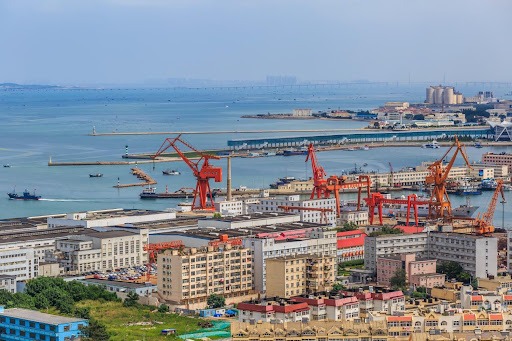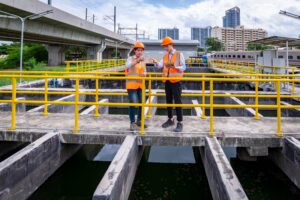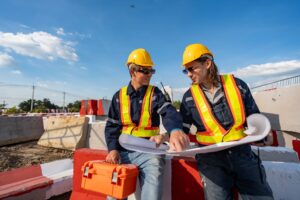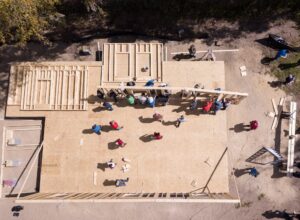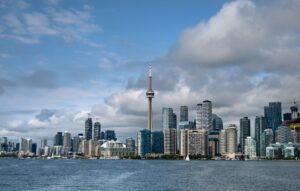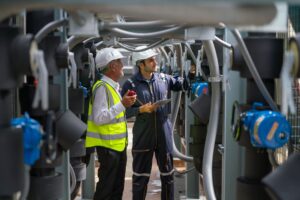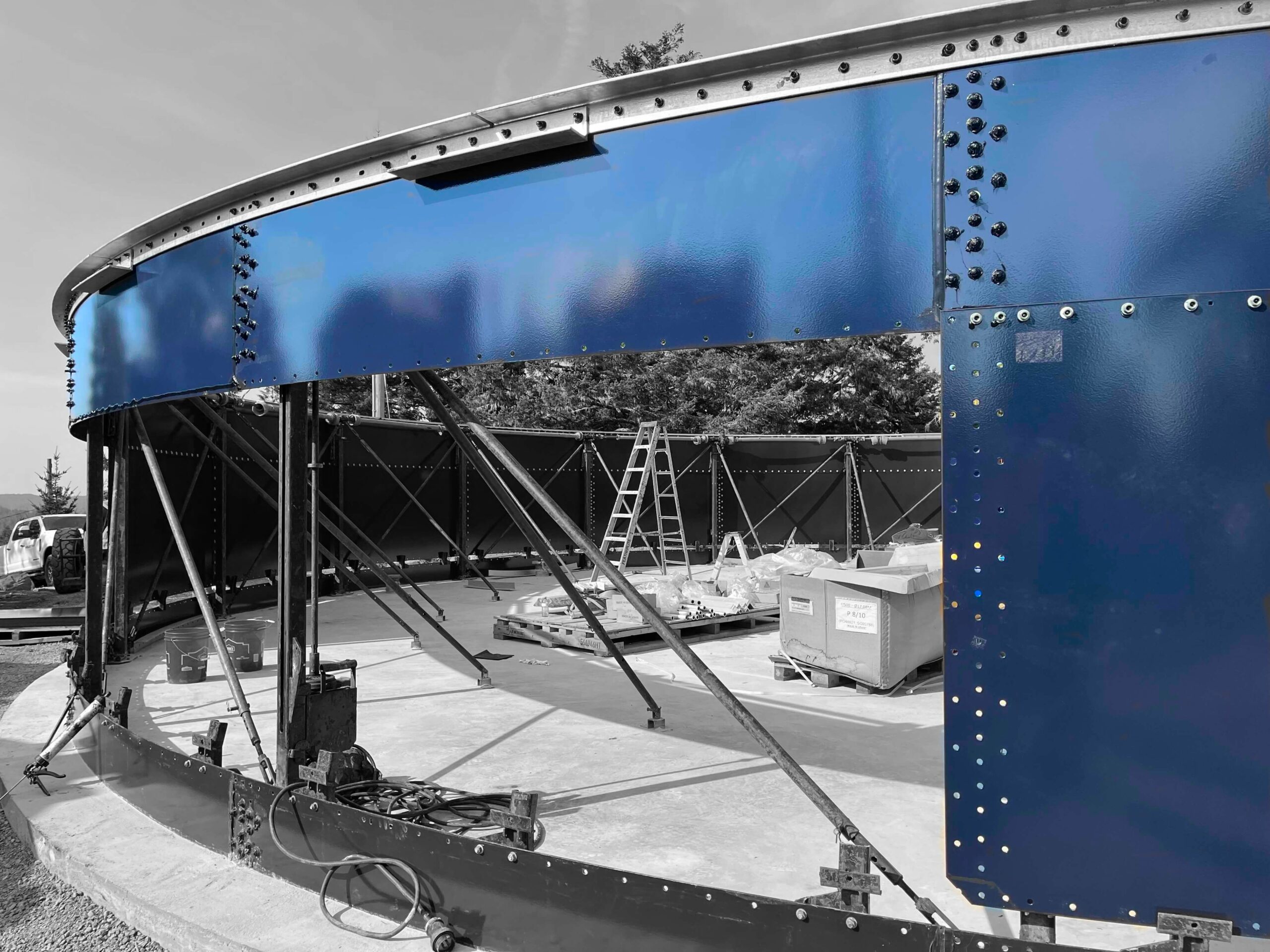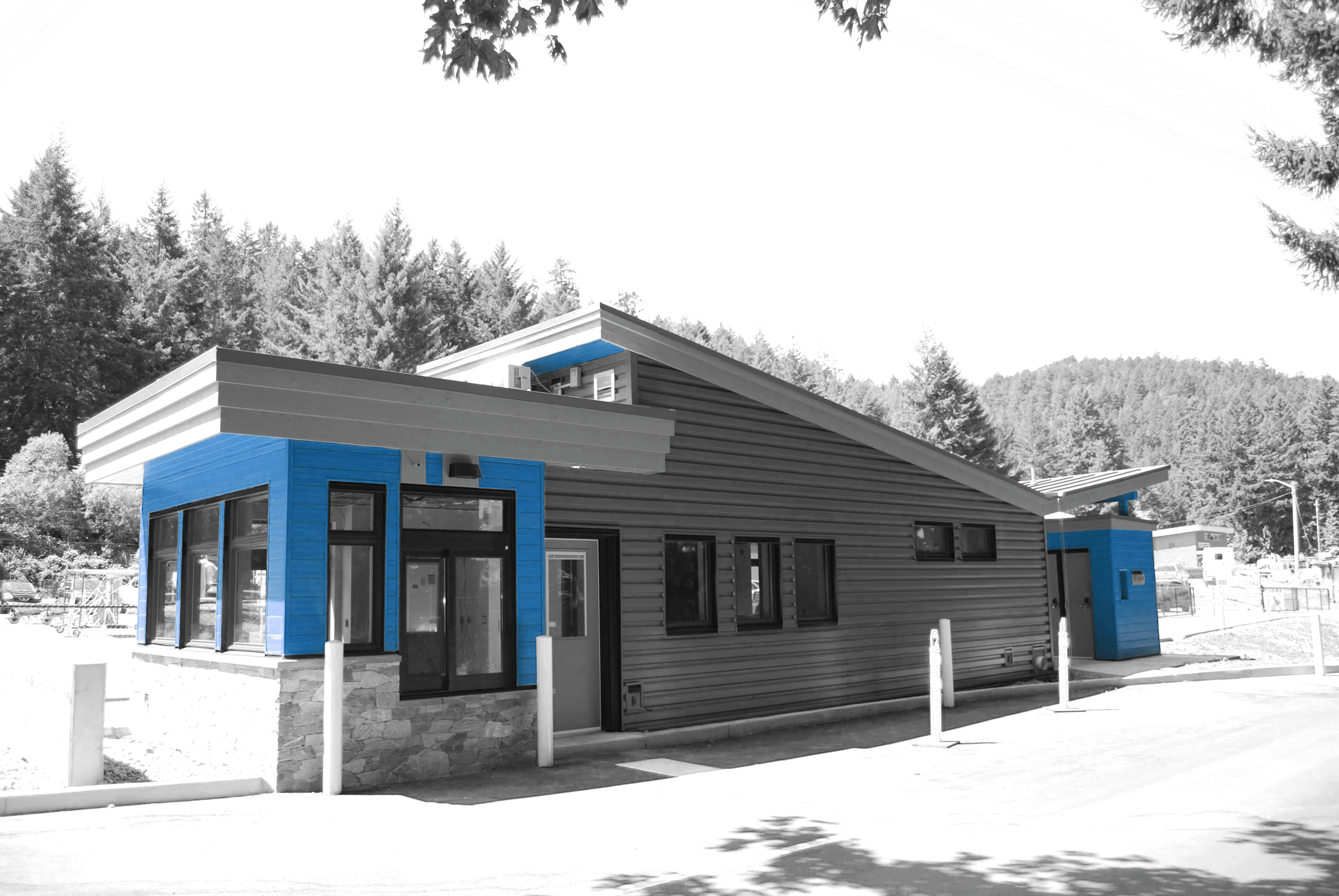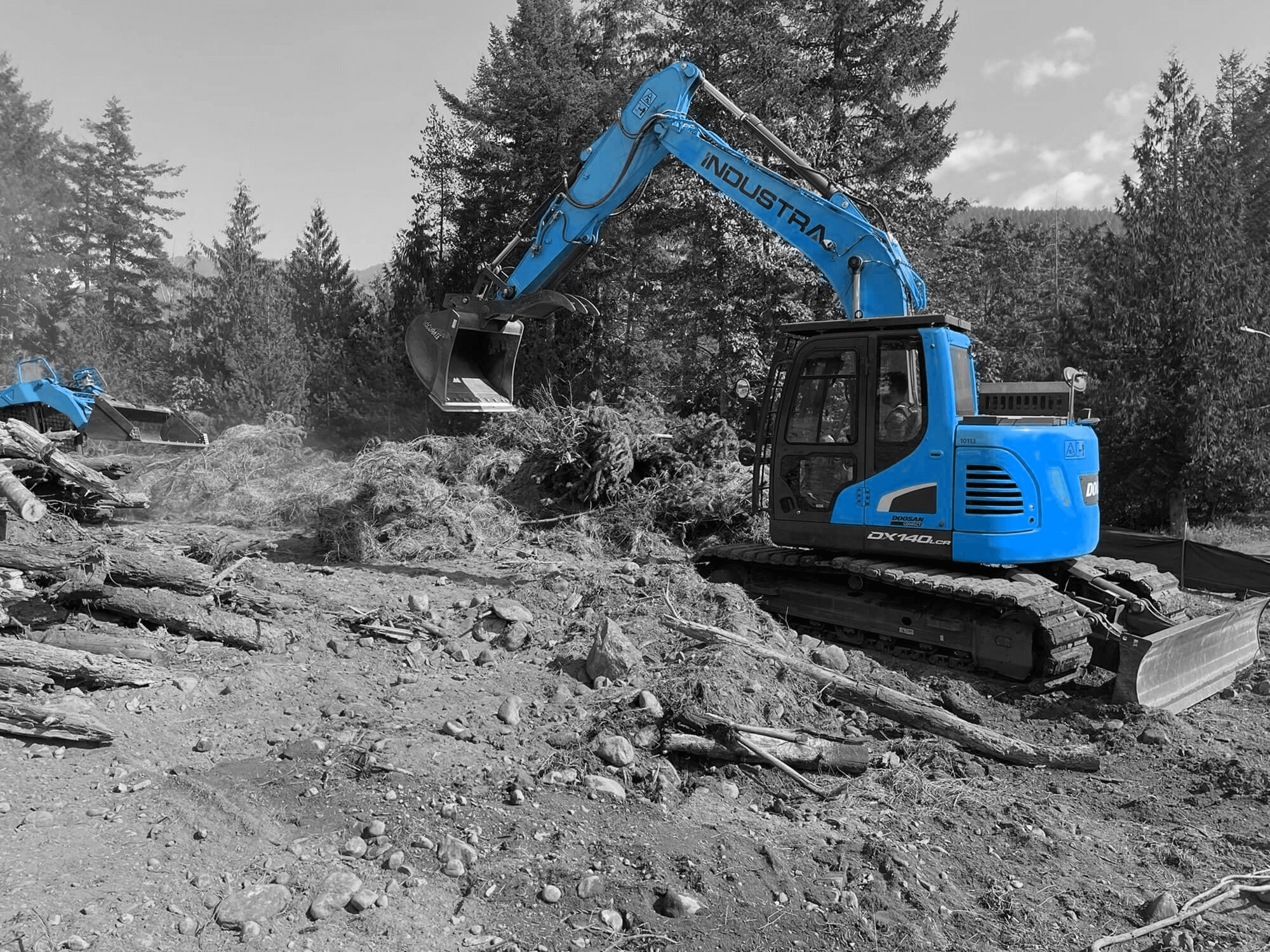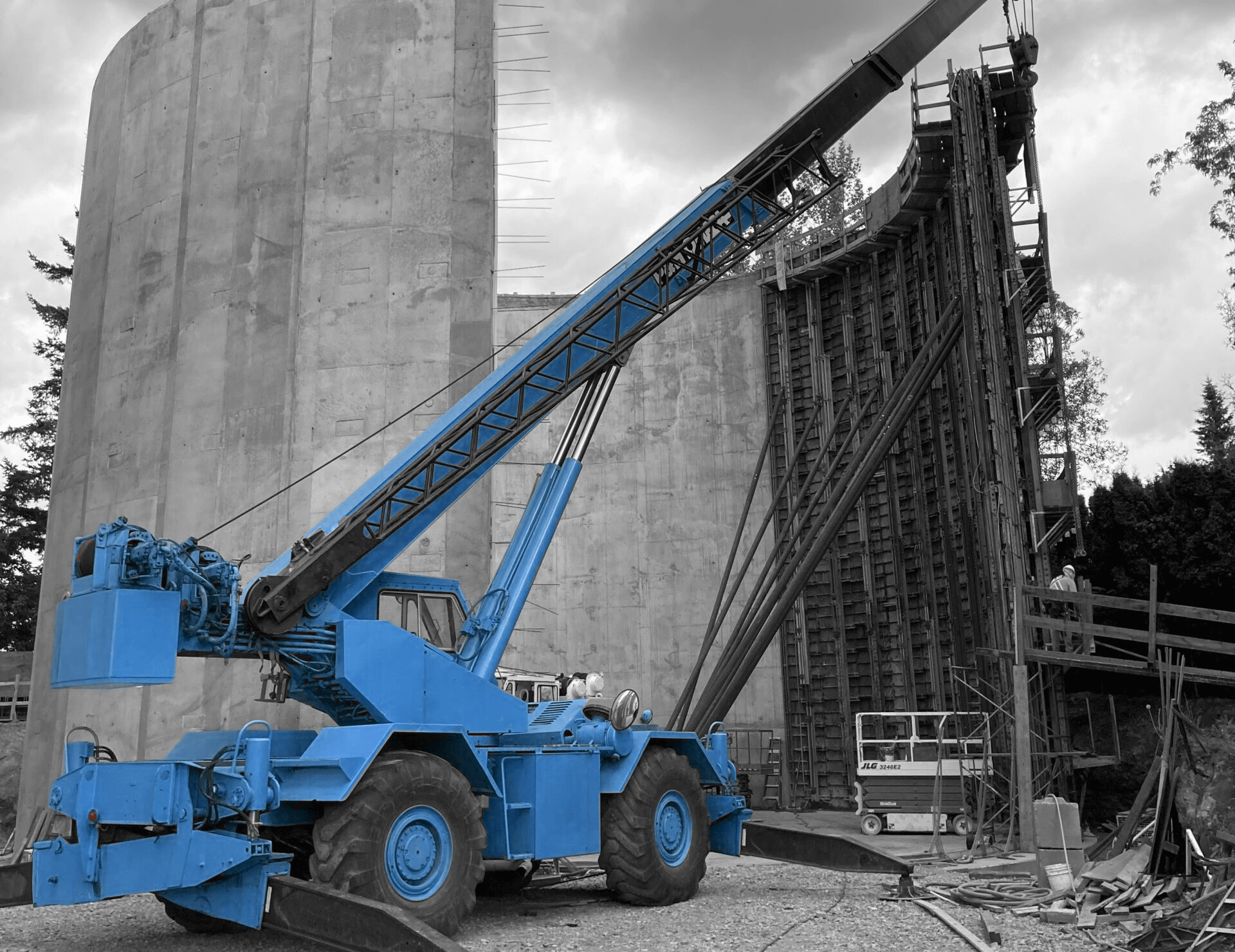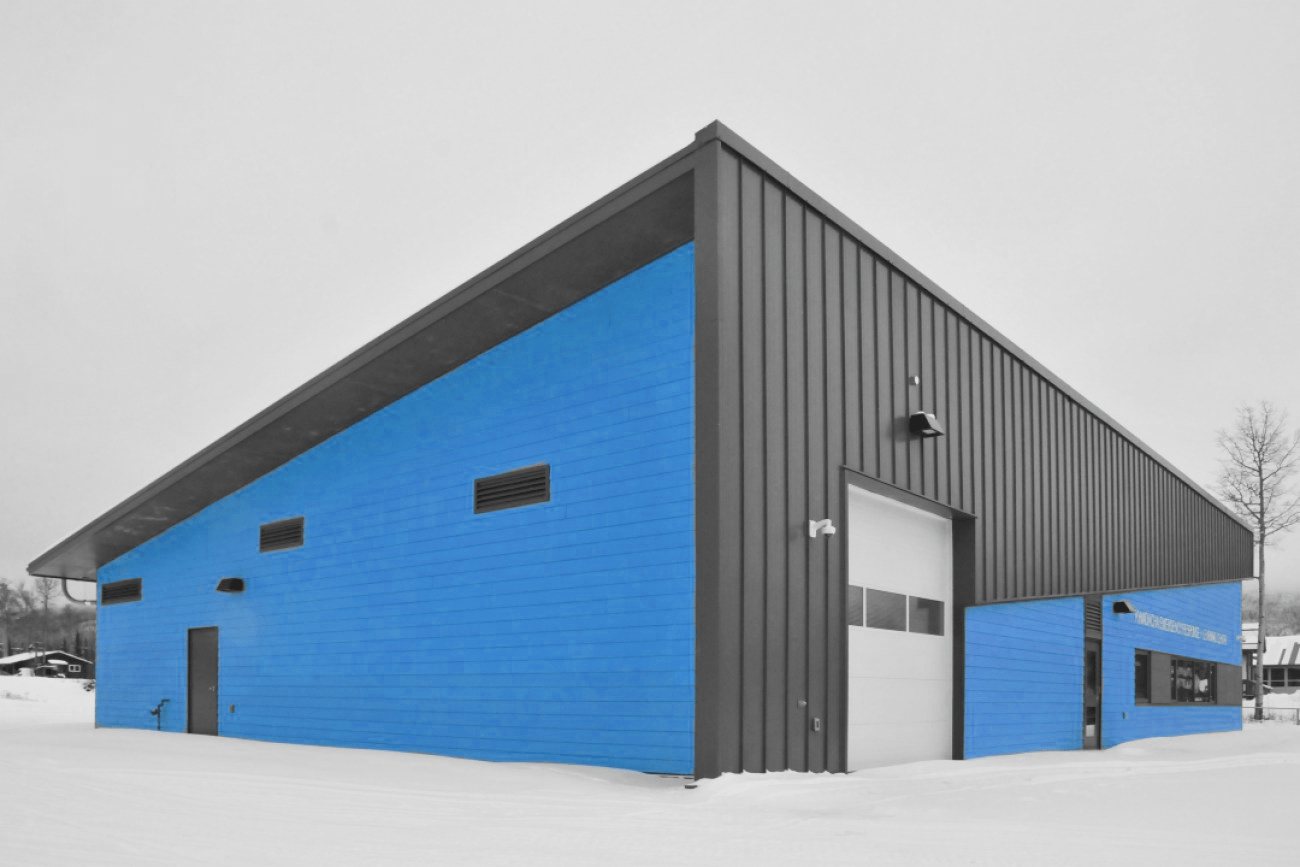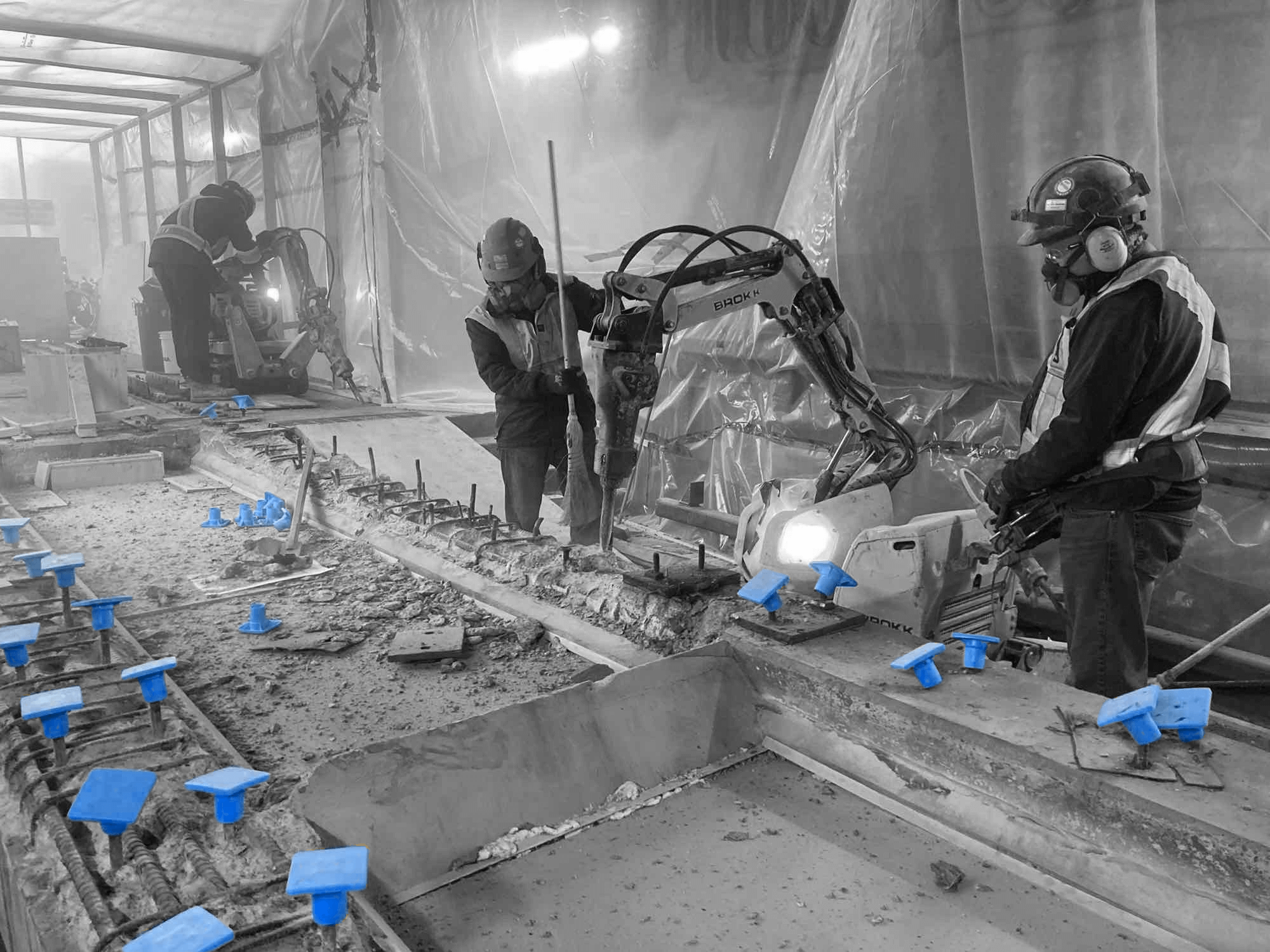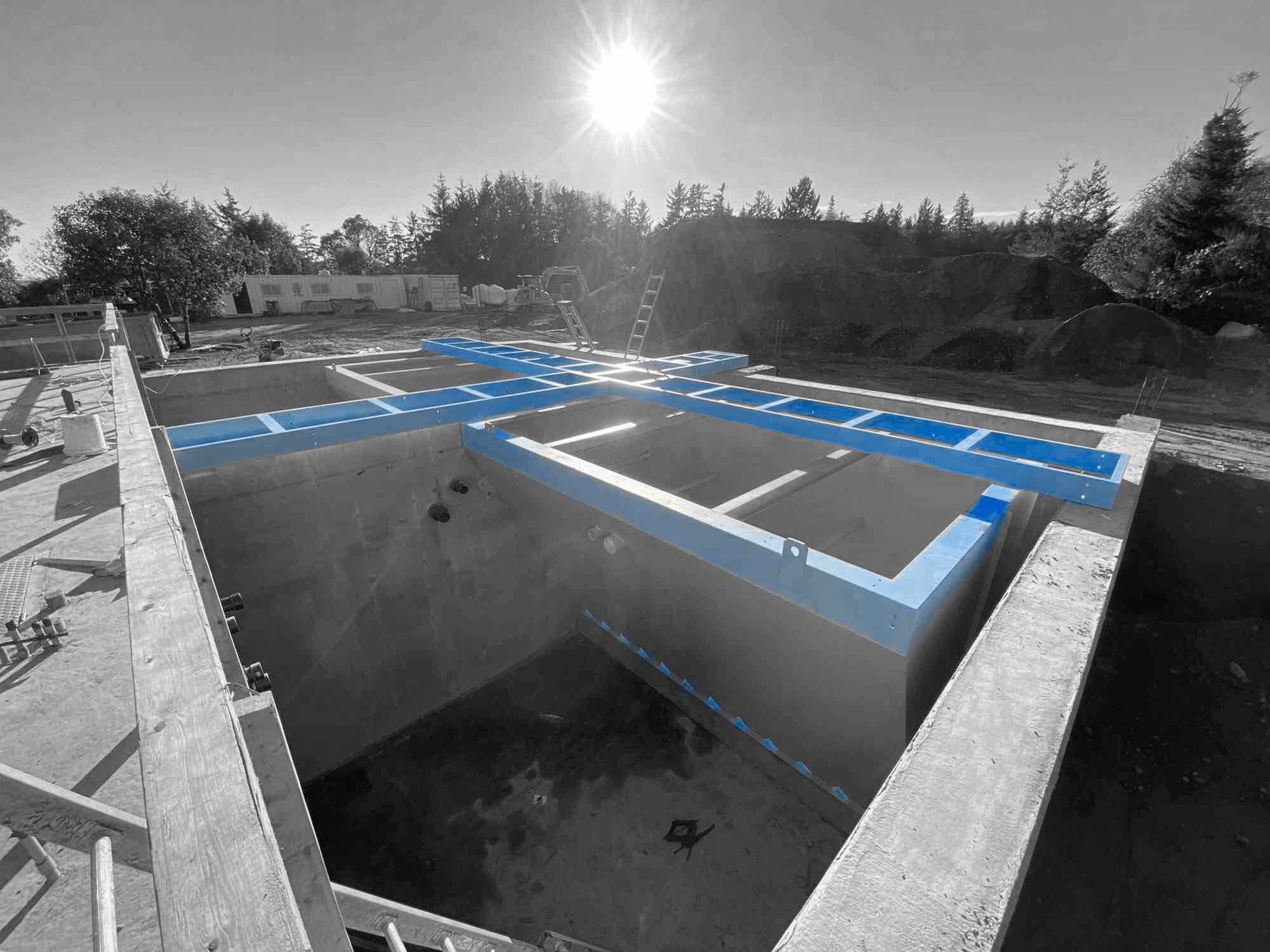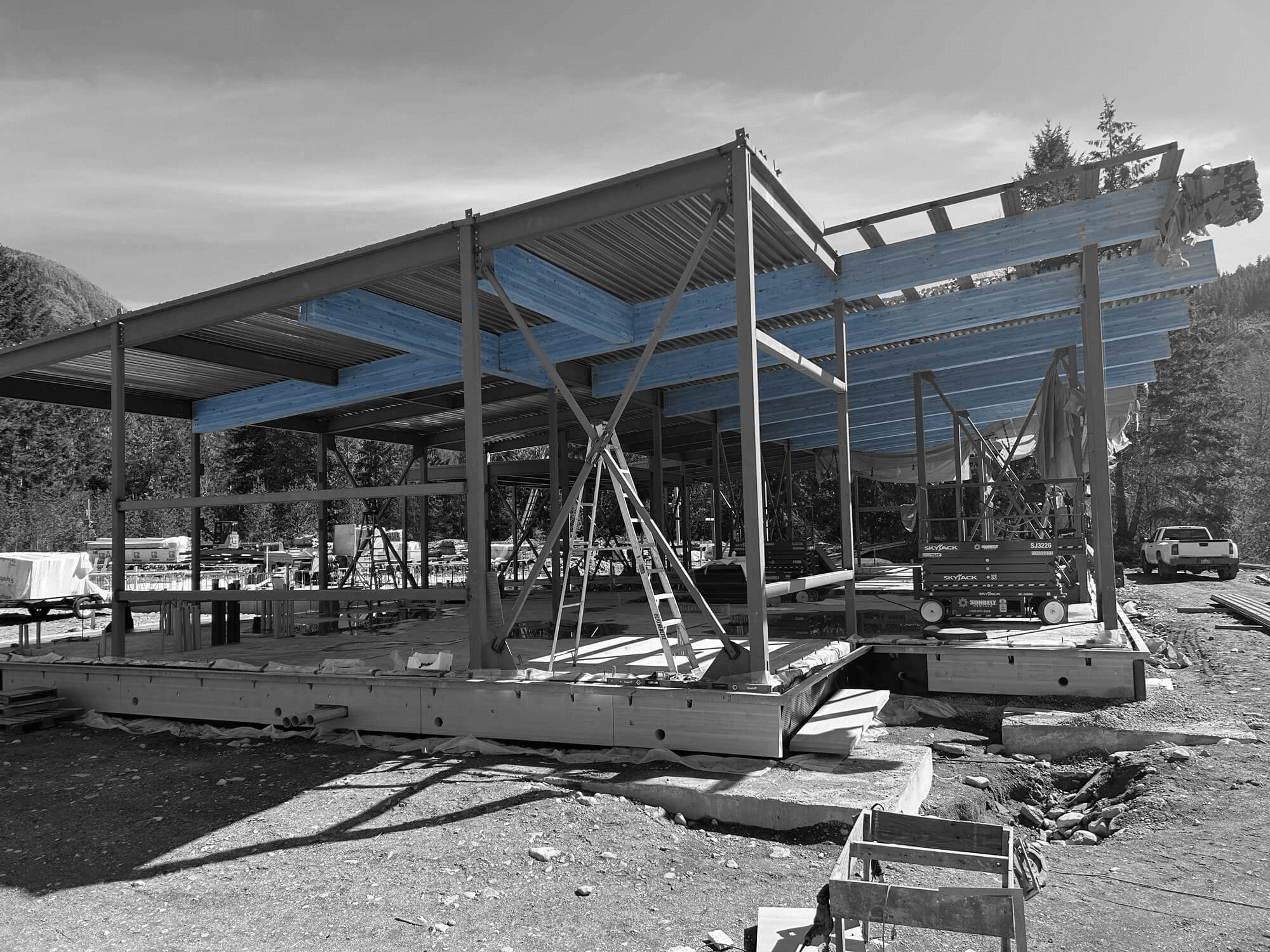Marine construction isn’t just about building structures; it’s about doing so in a way that respects and adapts to water environments. From designing docks and piers to building large-scale harbours, the tasks might seem straightforward at first glance, but the reality is much more complex. Each project requires unique approaches, tools, and skills to handle challenges like changing tides, harsh weather, and ensuring environmental protection. In Canada, where waterways play a crucial role in trade and recreation, marine construction is essential for economic growth and community development.
Efficiency in marine construction is key to staying on budget and delivering projects on time. A skilled marine construction team plans its path carefully to avoid dead ends or costly turns. With an efficient workflow, teams can use their time and resources wisely, leading to successful projects and satisfied clients. Whether it’s using innovative equipment or employing strategic planning, streamlining processes can make a big difference. Efficiency isn’t just a buzzword; it’s what makes a project go from paper to reality smoothly.
Planning and Design
Planning is akin to drawing a map before setting off on a journey. In marine construction, it’s all about laying the right groundwork before any actual building takes place. Proper planning helps avoid unnecessary setbacks and lets the team foresee any problems that could arise.
– Thorough Planning: Planning in marine construction involves understanding the unique challenges the environment presents. Teams need to consider factors like tidal movements, weather conditions, and environmental impacts. Proper site assessments can also help in determining the best materials and methods to use.
– Key Design Elements: Design isn’t just about aesthetics; it’s about functionality and sustainability. It’s crucial to include features that promote durability against the harsh marine environment, such as rust-resistant materials and designs that can handle both water and wind force.
– Tools and Technologies: Today, planners have access to innovative tools that make their jobs easier and more accurate. Drones can provide aerial views of sites for better assessments, while CAD software assists designers in creating detailed models of proposed structures.
Proper planning and design ensure the construction process gets off to a strong start, enabling teams to move forward with clear, actionable steps. With a solid plan in place, projects not only run smoother but also adapt better to unforeseen changes, ensuring they are built on time and within budget.
Streamlining Construction Processes
Optimizing the workflow is like organizing a sturdy toolbox; everything is in its place and ready when you need it. Streamlining in marine construction revolves around simplifying processes to save time and resources while maintaining quality. A good way to start is by clearly defining each phase of the project. Breaking it down into basic tasks helps teams know exactly what to focus on and when.
– Steps to Optimize: Begin by outlining all stages of the construction process. Identify any bottlenecks or delays that might slow down the work. By addressing these pain points early on, teams can implement solutions that prevent downtime. Regular team meetings can also make sure everyone is updated and aligned with the project goals.
– Best Practices: Effective management involves clear communication and consistent documentation. To manage phases efficiently, having a robust schedule is key. Make adjustments as needed but ensure that the core timeline remains intact. Applying Lean methodology, which focuses on reducing waste while maximizing productivity, can also be beneficial in marine construction.
– Workflow Strategies: For example, a marina project in Surrey benefited greatly from using modular construction methods. By pre-fabricating certain elements off-site, the team reduced on-site construction time and dealt with fewer disruptions from weather changes. This strategy resulted in faster completion and better quality control.
Embracing Innovation and Technology
Innovation plays an increasingly important role in bringing marine construction projects to life. Technological advancements have opened up new ways to enhance efficiency across various construction tasks. These new tools not only make work easier but also improve safety and quality.
Drones and robotics offer precision and an eye in the sky to monitor project progress. Meanwhile, building information modeling (BIM) systems provide a dynamic, digital representation of physical structures, which helps in devising more effective plans and spotting issues early.
– Benefits: The use of such technologies allows for better data collection and real-time decision-making. With accurate data, teams can track progress closely, adjust plans when needed, and ensure resources are used effectively. It reduces the likelihood of rework and helps maintain quality standards.
As an example, the use of a new wave energy converter technology in Mississauga significantly cut both energy costs and construction time. It showed that embracing new tech solutions can lead to innovative, sustainable solutions one might not have considered with traditional methods.
Effective Team Management
Behind every successful marine construction project stands a capable and well-coordinated team. Team management proves pivotal to achieving optimal workflow efficiency. It’s about bringing together diverse skills and ensuring each person knows their role indispensable for the project’s success.
– Skilled Workforce: A skilled team can navigate the challenges that arise during marine construction effectively. Workers with specialized training understand the intricacies of working in water-based environments and can make informed decisions quickly.
– Management Tips: Open communication is the core of effective team management. Encourage feedback and foster a culture where team members feel valued and motivated. Provide regular training sessions to equip workers with the latest skills and make sure they adapt to new technologies and methods.
– Continuous Learning: Regular workshops and training keep skills sharp and teams adaptable to changes in construction methods or environmental regulations.
Integrating Strategy and Innovation for Successful Marine Construction Projects
Efficient marine construction isn’t just about following a checklist; it’s about integrating planning, technology, and management into a cohesive whole. By focusing on planning and design, streamlining processes, embracing innovation, and managing teams well, construction projects are more likely to succeed. It’s a recipe for making sure projects are not only completed on time and within budget but also stand the test of time.
Thinking about your next marine construction project? Consider how these strategies can be applied to achieve your goals effectively and efficiently. With the right approach, any challenge can become an opportunity to innovate and excel.
Considering your next venture in Surrey’s marine environment? Let Industra Construction Corp. guide your project to success. Our expert team ensures every phase integrates seamlessly with planning, technology, and management. Explore how we can transform your vision with our expertise in companies for marine construction. Reach out today and see how we make your marine construction goals a reality.


